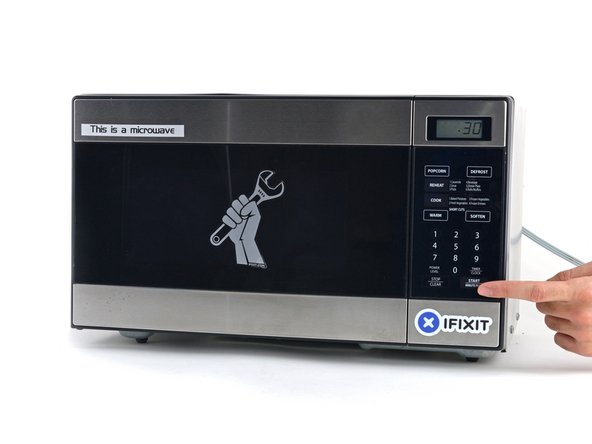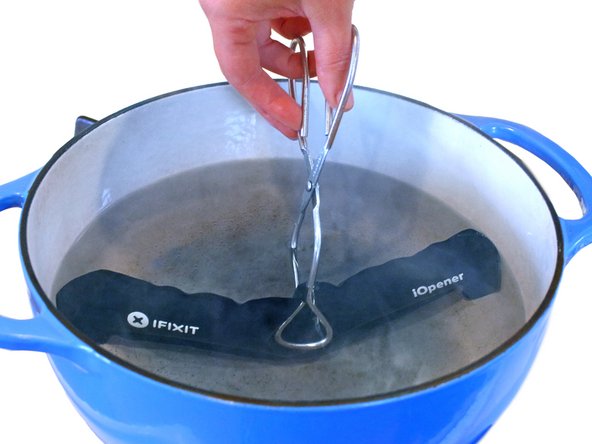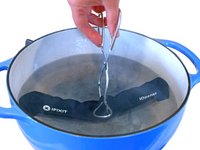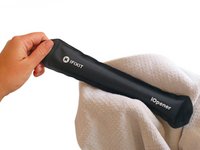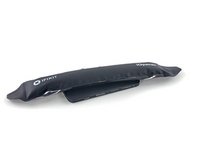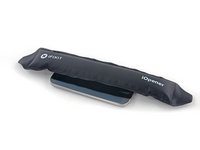Introduction
The iOpener is an insulated, heat-retaining bag that can be heated in a microwave and used to transfer heat to the adhesive along the edge of an iPad or similar device.
Follow these basic instructions to get started with your new (black, liquid-filled) iOpener. For the white, solid-filled iOpener, follow this guide instead.
For detailed instructions specific to your device and repair, see our set of iPad repair guides.
What you need
-
-
-
Fill a pot or pan with enough water to fully submerge an iOpener.
-
Heat the water to a boil. Turn off the heat.
-
Place an iOpener into the hot water for 2-3 minutes. Make sure the iOpener is fully submerged in the water.
-
Use tongs to extract the heated iOpener from the hot water.
-
Thoroughly dry the iOpener with a towel.
-
Your iOpener is ready for use! If you need to reheat the iOpener, heat the water to a boil, turn off the heat, and place the iOpener in the water for 2-3 minutes.
-
-
-
Lay the iOpener clear-side down, flat on the edge of the device, over an adhesive seal you wish to heat. The liquid will flatten the iOpener against the surface, ensuring good heat conduction.
-
Let the bag sit on the device for approximately 90 seconds before attempting to open the front panel.
-
At this point you should be able to begin prying under the screen with a plastic opening tool. Be sure to see your device's specific guide for where and how to do this.
-
Cancel: I did not complete this guide.
672 other people completed this guide.
47 Guide Comments
I bought two of these, and I can't get an iPad 2 to open using the iOpener; I'm going to keep trying, but heads up, it's not as easy as 1-2-3. I'll update if I get it to work.
I used a flat toaster maker and turned it off and on as required, Fixed my Ipad mini ok.
Step 2 says to wait 5 minutes between reheating, step 4 says to wait 3 minutes.
Also, do you sell the "this is a microwave" stickers? xD
Did you ever find out where to get those stickers? XD
That's just a label printer label using a fancier font, I think.
towo -




